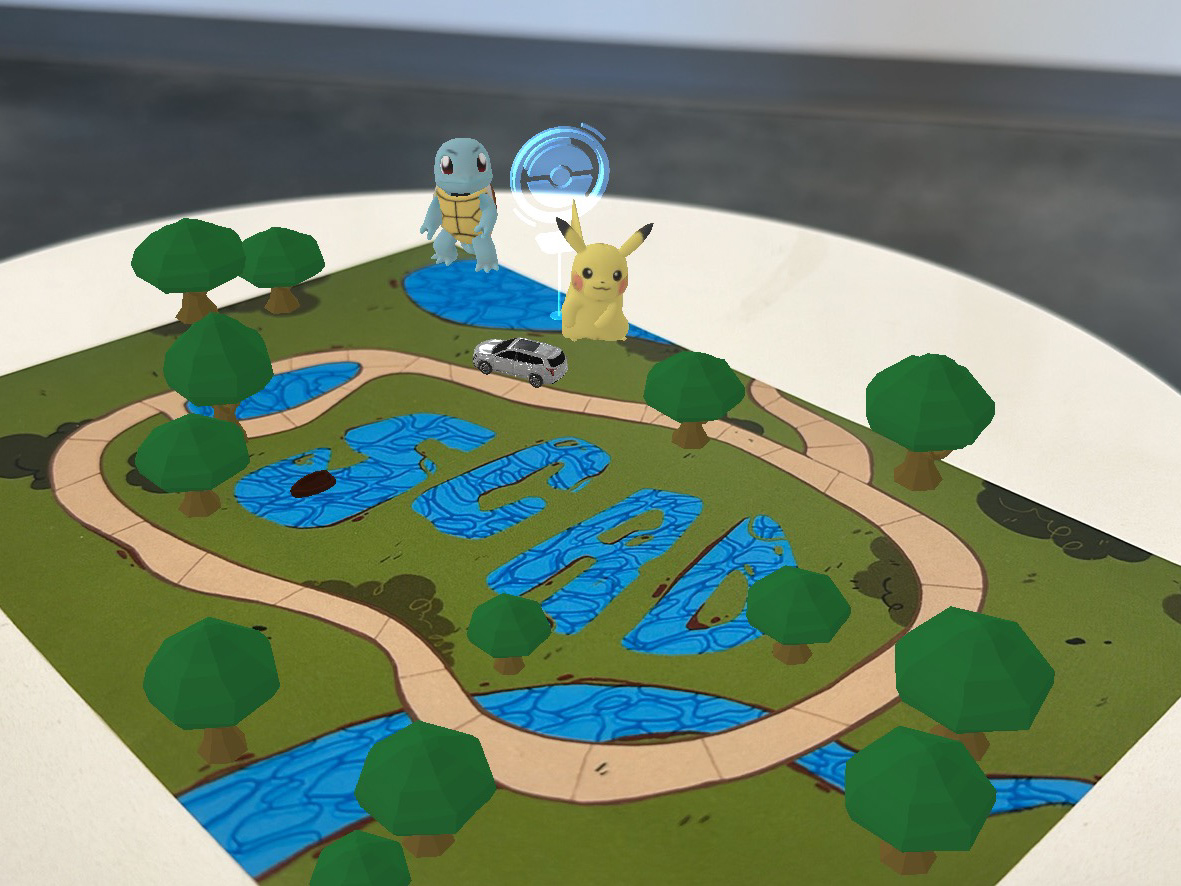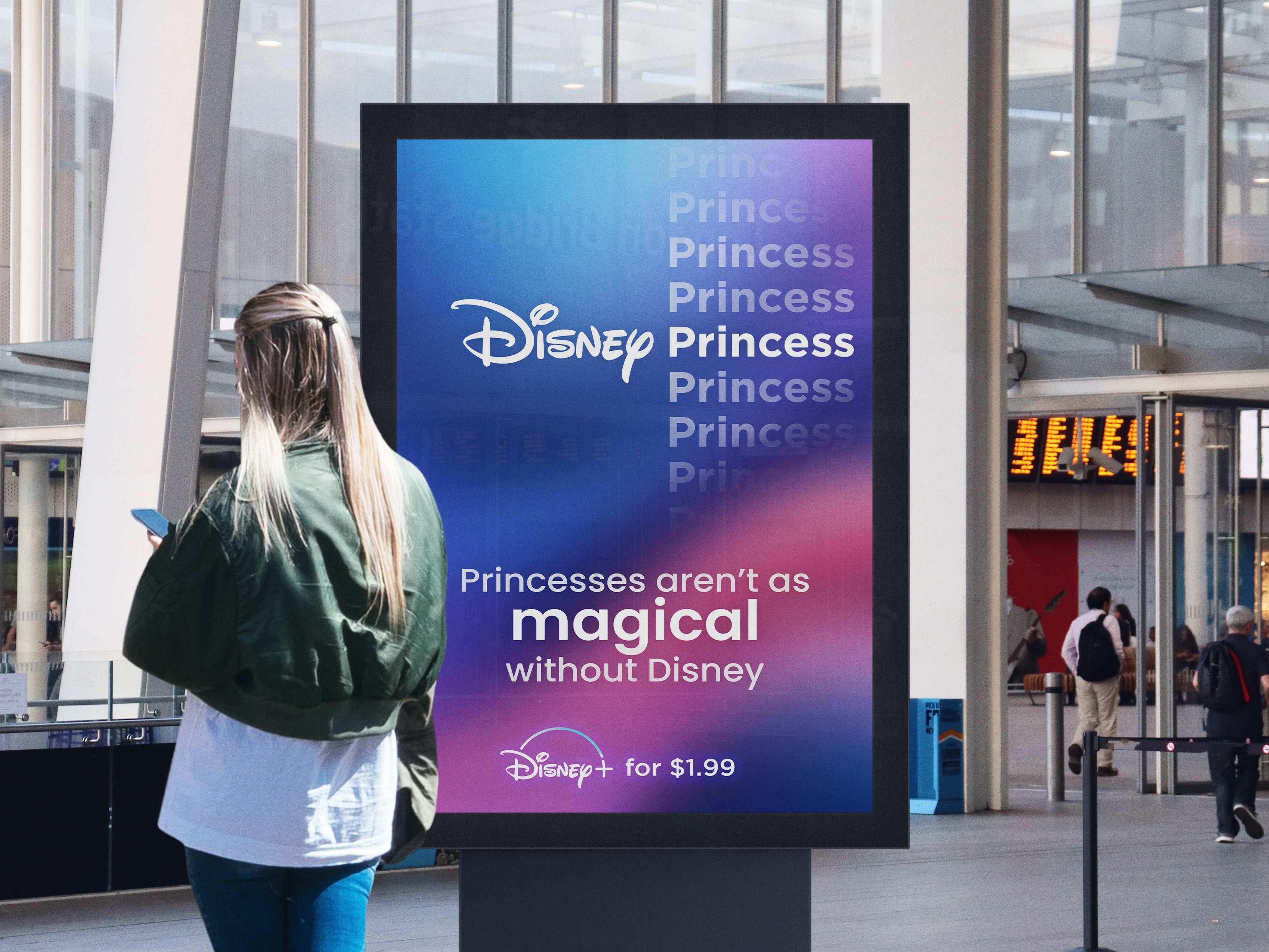Arguably Porsche’s most iconic ad, I intended for this ad to pay direct homage to the creative geniuses from the 90's. This ad, however, has a brand new intention behind it. Baby boomers often struggle with the idea of electric cars and using them in their daily lives, and making them feel comfortable by using an ad most of them know and love, we are able to subliminally push the idea that they should begin to adopt electric cars and potentially even purchase one. The existing brand loyalty and nostalgic sense of the ad is important to reinforce this idea in their head that electric cars are the future, and they should start this journey with Porsche.
An important way to identify with an older audience is to show how familiar the new Porsche 911 is when compared to the models that have been around for decades. The design has withstood the test of time and plays into the nostalgia that millennials and boomers may have for the Porsche generations of yore. I chose split-screen for the graphic part of this ad to highlight how similar the models are, and I utilized black and white on the older model to clearly separate the past and present models. The body copy is engaging and attests to the legacy of the Porsche 911 and its importance in automotive history




